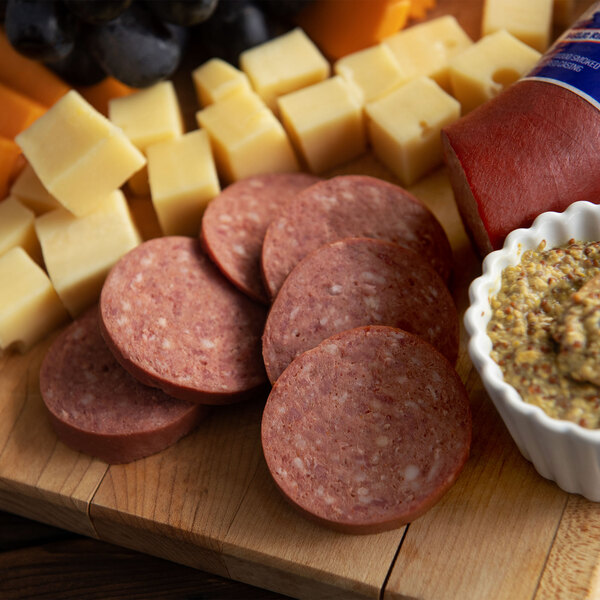I'm not sure. I have Tender Quick, and pink curing salt #1 and #2. Tender Quick is much less expensive than the pink curing salts.
Copied this from The BBQ Brethren forum.
"Morton's TenderQuick" and "Morton's Sugar Cure" are brand names of another formulation of sodium nitrite, sodium nitrate, with salt, and sugars added. It is not the same concentration as "Cure #1 or Cure #2".
Since the amount of nitrite present in a recipe is essential for safety, one cannot take a recipe designed for Cure #1 and simply substitute like amounts of such products as "Morton's Tenderquick". To do so would invite the risk of botulism poisoning. Similarly, one cannot just substitute Cure #1 in place of "Morton's TenderQuick" in like amounts without creating severe health risks, or possibly death. I do not advocate the use of substitutions, instead one should use a recipe designed for the specific cure being used.
Morton developed "TenderQuick" and "Sugar Cure", so that the home cook could safely cure meat. "Morton Tender Quick" is not a meat tenderizer, and the "Morton Sugar Cure" are not seasonings. These are cures that should only be used in recipes calling for curing meat, fish, or poultry.
"Morton TenderQuick" and "Morton Sugar Cure" are premixed formulations of salt, sodium nitrite, and sodium nitrate to be used directly from the bag for the curing process, no additional salt is required for the cure, sugar is also added into the formulation in the case of "Morton Sugar Cure". Morton products contain 0.5% sodium nitrite, 0.5% sodium nitrate, and also includes propylene glycol to keep the mixture stable.
Because Morton products are per-formulated to be used according to the manufactures recommendations, I highly recommend the use of this curing agent for someone curing for the first time, as well as for the beginner. The premix formulation makes it easy to measure the correct amount without having to purchase a scale or calculate the required amounts of each ingredient. Because it is premixed it also makes it a little harder to make mistakes.
Cure #1 is a bonded mixture of 1 part sodium nitrite to 16 parts salt. Cure #1 is used at any time meat is not immediately put into freezer or refrigerator, such as curing, smoking, air-drying, dehydrating. Cure #1 must be mixed with additional salt to safely and evenly distribute the curing agent during application.
Cure #1 is also known by the following names.... Pink Salt #1, Tinted Cure Mix (TCM), Tinted Curing Powder (TCP), Prague powder #1, InstaCure #1, Modern cure. D.Q. powder, FLP, L.E.M. cure, Sure Cure, Fast Cure, or Speed Cure. They are all the same basic formulations and only these can be used interchangeably, however Cure #2 should never be substituted for Cure #1.
Cure #2 iis a bonded mixture of 1 part sodium nitrite, .64 parts sodium nitrate and 16 parts salt. Cure #2 has the same curing and food preservative properties as sodium nitrite, but has the extended curing time of sodium nitrate. It is specifically formulated to be used for making uncooked dry cured products that require several weeks to several months to cure. Dry curing meat or sausage properly cannot be done with Cure #1 which only contains sodium nitrite because it dissipates too quickly. Cure #2 must be mixed with additional salt to safely and evenly distribute the curing agent during application.
Cure #2 can be compared to the time release capsules used in medicine. The sodium nitrites start working immediately, while the sodium nitrates slowly reduce over time into sodium nitrites. Thus allowing for much longer curing times that are required for a dry cure. Dry cures are used in making sausages like pepperoni, hard salami, geonoa salami, prosciutto hams, dried farmers sausage, capicola and others that do not require cooking, smoking, or refrigeration. These dry cures can sometimes take up to 6 months depending upon the product being made.
Curing salts should be stored and locked far away from your normal everyday spice/salt cabinet. Some do not have the red coloring agent and can be mistaken for salt, they should never be substituted for salt so be especially careful when using and storing these products to eliminate the possibility of poisoning your family.

 housewifehowtos.com
housewifehowtos.com






